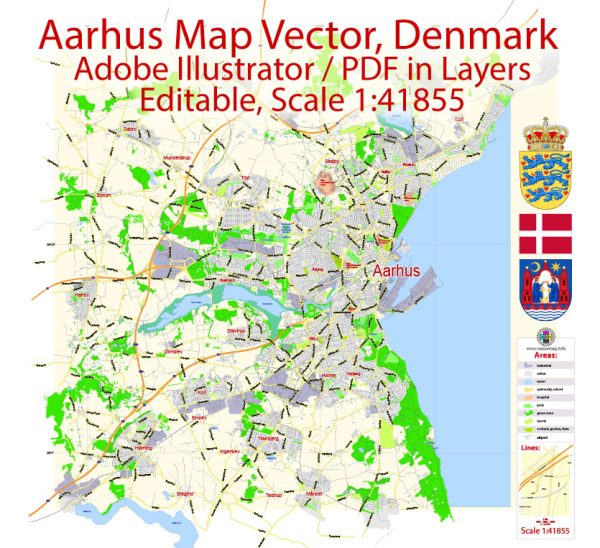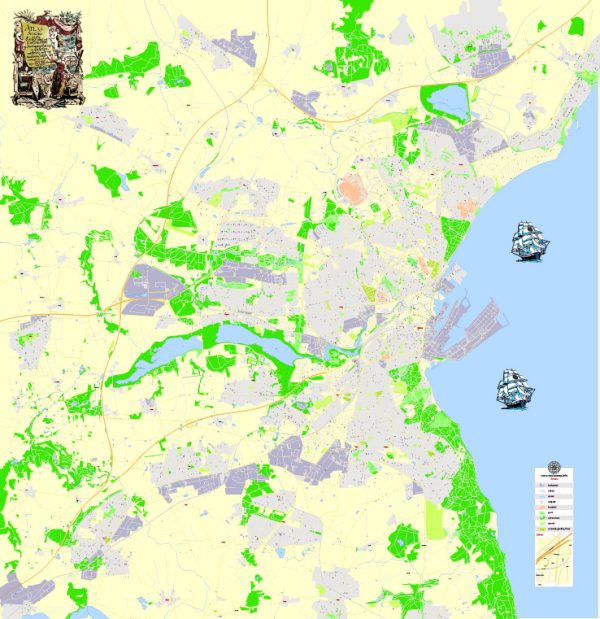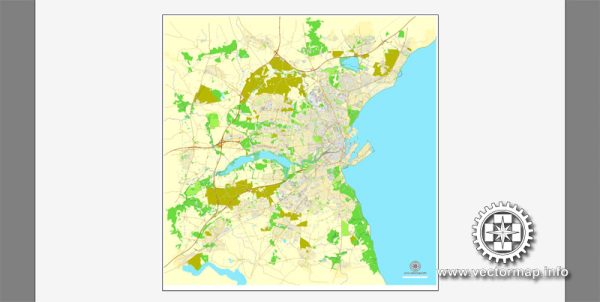Aarhus, also spelled Århus, is the second-largest city in Denmark and has a rich history dating back over a thousand years. Its history is closely tied to the development of Denmark as a nation. Here is a brief overview of the history of Aarhus:
- Viking Age: Aarhus was founded during the Viking Age, likely in the 8th century. It was initially a small Viking settlement known as “Aros.” The location along the Aarhus River and the proximity to the sea made it an important trading and fishing hub.
- Medieval Era: Aarhus grew in significance during the Middle Ages and received its first official charter in the early 15th century. It became a market town and later a bishopric. The town’s name evolved to “Århus” during this period.
- Hanseatic Period: Aarhus became a member of the Hanseatic League, a medieval trading alliance, in the 15th century. This boosted its trade and maritime importance as it engaged in trade with other European cities.
- Reformation and Wars: The Protestant Reformation had an impact on Aarhus in the 16th century, as it did throughout Denmark. Aarhus, like many European cities, experienced the devastations of wars and conflicts, including the Dano-Swedish Wars in the 17th century.
- 19th Century: Aarhus began to transform during the 19th century, with the development of industry, a railway connection to Copenhagen, and significant urban expansion. This marked the beginning of the city’s modernization.
- 20th Century: Aarhus continued to grow and thrive in the 20th century, becoming a major center for education, culture, and commerce. The Aarhus University was founded in 1928 and has played a vital role in the city’s development.
- Contemporary Era: Today, Aarhus is known for its vibrant cultural scene, educational institutions, and as a center of research and innovation. It’s a major port city, with a growing population and a diverse economy.
Aarhus has a rich cultural heritage with museums, historic buildings, and a thriving arts scene. The city’s historical past is evident in its old town, known as “The Latin Quarter,” and its well-preserved architecture.
The city’s history is a testament to its resilience and adaptability as it evolved from a Viking settlement to a bustling, modern urban center. Aarhus remains an important cultural, economic, and educational hub in Denmark and Northern Europe.




 Author: Kirill Shrayber, Ph.D.
Author: Kirill Shrayber, Ph.D.